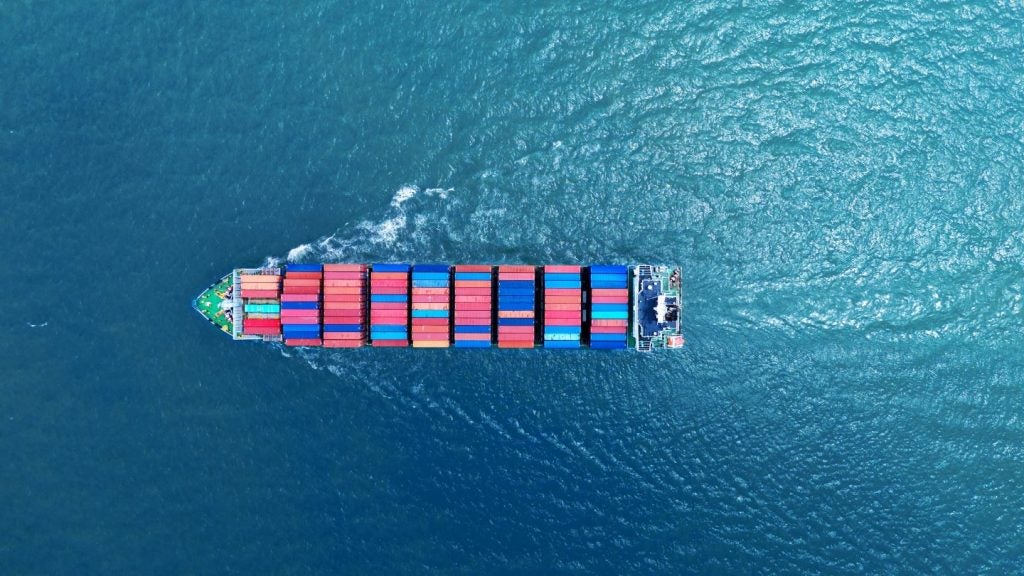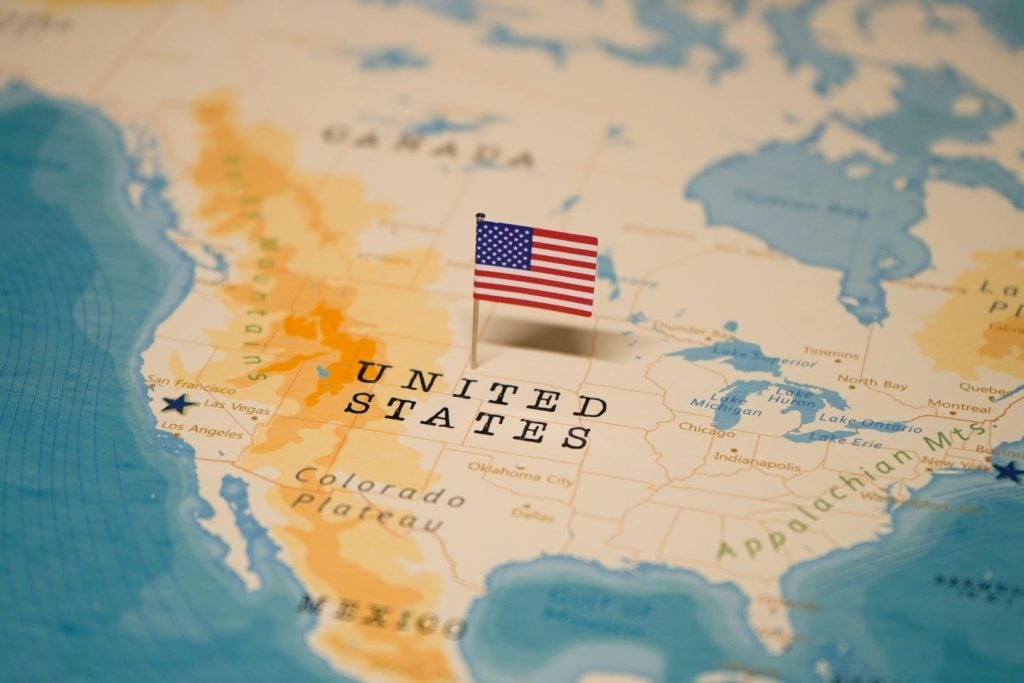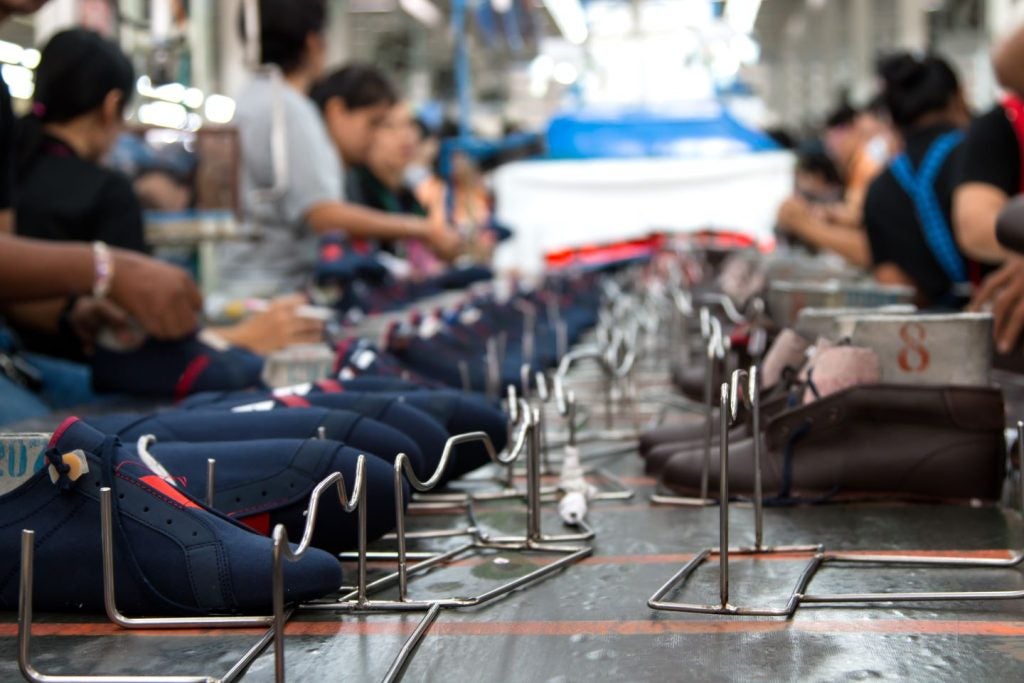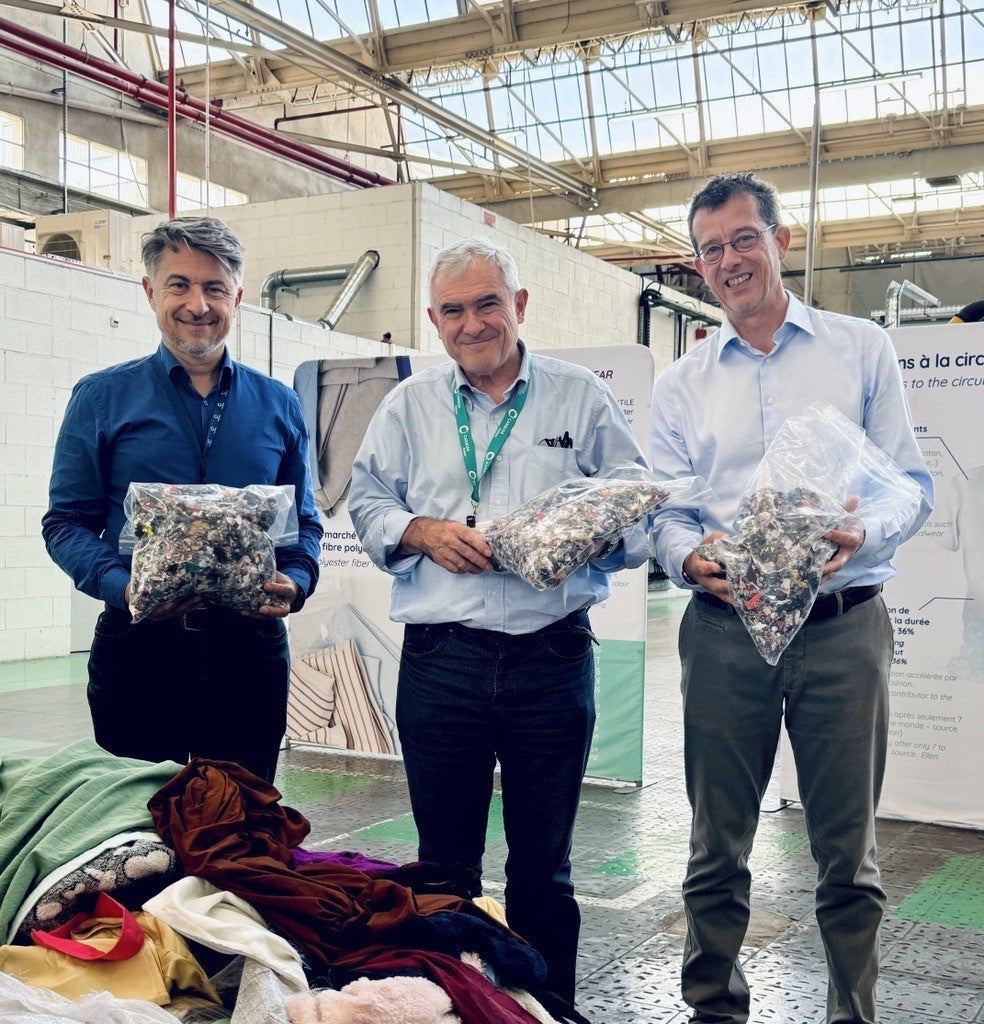Commenting on the USFIA’s 11th annual Benchmarking Study for 2024, Julia Hughes, president of the USFIA told Just Style this year is a “challenging one” for apparel sourcing executives, with only half of the survey respondents expecting to grow sourcing volumes compared to 90% predicting they’d expand their sourcing business this time last year.
She also told Just Style exclusively there is a higher level of concern around protectionist policies in the US, and apparel sourcing executives are more concerned this year about policy and politics.
“It is unsurprising since both the Democrats and Republicans advocate using tariffs as trade policy. But the public proposals to escalate trade wars and impose tariffs on all US imports represents a new concern that is impossible to plan for. Of course, it is not just here in the US where there is greater uncertainty, and we see that reflected in the concern about geopolitical risk. While there is optimism for the year ahead, we also recognise that there is wariness about the possible impact of new risks."
Challenging US economic outlook remains front of mind in 2024
The issue that is front of mind for US apparel sourcing executives is inflation and economic outlook in the US, which moved up two places from 2022. At least half of survey respondents cited it as the first and second most important challenge with 20% saying it was the third, fourth and fifth most important challenge.
Consistent with respondents’ sentiment, recent economic indicators also presented a mixed picture of the US economy’s growth trajectory. For example, the World Bank’s latest economic forecast cut the US economic growth from 2.1% in 2022 to 1.1% in 2023 and 0.8% in 2024.1 Likewise, the US consumer confidence index (CCI) has remained below 80 (January 2019=100) since February of 20222, suggesting US households’ confidence about their financial outlook remains weak and has not recovered to the pre-pandemic level.
Of course, a knock-on effect of this is that with ongoing inflation in the US, there is an expectation or concern around rising production or sourcing costs. This was revealed as one of the top three business concerns for apparel sourcing executives in 2023.
Macroeconomic data indicates that in May 2023, the US consumer price index (CPI) exceeded 120 (January 2019=100), and the price index of US apparel imports reached 106.5 (January 2019=100), both the highest in the most recent 12 months. Therefore, inflation pressure from the macro economy will likely continue to affect US fashion companies’ sourcing costs for the rest of 2023.
Forced labour crackdown creates sourcing challenges
The second top business challenge in 2023 for US apparel sourcing executives was cited as managing the forced labour risks in the supply chain with 64% of respondents rating the issue as one of their top five concerns.
Since 1 January 2023 US Customs and Border Protection (CBP)’s UFLPA enforcement has affected respondents’ importation of “Cotton apparel products from China,” “Cotton apparel products from Asian countries other than China,” and “Home textiles from China” according to the survey and US fashion companies are actively seeking to diversify their sourcing beyond Asia to mitigate the forced labour risks, particularly regarding cotton products.
Most surveyed US fashion companies have taken a comprehensive approach to mitigating forced labour risks in the supply chain. Three practices, including “asking vendors to provide more detailed social compliance information,” “attending workshops and other educational events to understand related regulations better,” and “intentionally reducing sourcing from high-risk countries,” are the most commonly adopted by respondents (over 80%) in response to forced labour risks and the UFLPA’s implementation.
But they are also seeking an improvement in UFLPA enforcement transparency and clarity and for the CBP to share more essential enforcement data with industry stakeholders, the study found.
Fraught US-China relationship remains concerning, shift away from China sourcing accelerates
In 2022 finding a new sourcing base other than China was 11th on the list of top concerns for sourcing executives. In this year's report it skyrocketed up the list to fourth place.
In 2023, 40% of respondents said they were sourcing less than 10% of their apparel products from China, up from 30% of respondents a year ago and a notable surge from only 20% in 2019. Similarly, a new record high of 61% of respondents no longer use China as their top supplier in 2023, up from 50% of respondents in 2022 and much higher than only 25-30% before the pandemic.
US fashion companies’ apparel sourcing model gradually shifts from “China plus Vietnam plus Many” to “Asia plus rest of the world.” Almost all respondents (97%) say at least 40% of their total sourcing value or volume now comes from Asian countries other than China.
And nearly 80% of respondents plan to reduce apparel sourcing from China over the next two years, with a record high of 15% planning to “strongly decrease” sourcing from the country. This strong sentiment was not present in past studies. Notably, large-size US fashion companies (with 1,000+ employees) that currently source more than 10% of their apparel products from China are among the most eager to de-risk.
This year, more respondents reported sourcing from India (89% utilisation rate) than from Bangladesh (86% utilisation rate) for the first time since the survey began. Also, nearly 60% of respondents plan to expand apparel sourcing from India over the next two years, exceeding the planned expansion from any other Asian country.
For the second year in a row, three non-Asian countries made it to the top ten most utilised apparel sourcing destination list in 2024, including Guatemala (ranked 7th), Mexico (ranked 7th), and Egypt (ranked 10th). All three countries also witnessed an improved utilisation rate in 2024 compared to last year’s survey results.
Reducing “China exposure” will be more challenging regarding textile raw materials in the short to medium term, as more than 70% of respondents are currently sourcing various yarns, fabrics, and textile accessories from China with no practical alternatives.
Commenting on the survey findings, Dr Sheng Lu, professor of apparel studies at the University of Delaware, who authored the study, tells Just Style exclusively: “US fashion companies remain deeply concerned about the deteriorating US-China bilateral relationship and plan to further "reduce China exposure" to mitigate risks, even though “Made in China” demonstrates even more economic competitiveness in areas such as vertical manufacturing capability and low minimum order quantity (MOQ) requirements.
“However, managing the risk of forced labour in the supply chain continues to be a top priority for US fashion companies in 2024. As a notable change from last year, however, fewer respondents (i.e., under 10%) plan to cut apparel sourcing from Asian countries other than China directly, implying a more targeted and balanced approach to mitigating risks and meeting sourcing needs. Respondents also shared constructive and informative comments on how CBP could further improve transparency and data sharing and support companies’ efforts to comply with UFLPA fully. That being said, the alleged forced labour in China’s Xinjiang region is fundamentally a political issue, and private sector efforts alone cannot and should not replace government-to-government solutions.”
Interestingly, the US’s approach to lowering its reliance on external nations as it looks to boost the domestic economy is concerning apparel sourcing executives, with 45% saying protectionist trade policy in the US is a top five business challenge, up from 15% in 2023.
Lu said while the finding was “unexpected” it wasn’t necessarily surprising.
“One common misunderstanding is that trade barriers like tariffs impact foreign companies only, and raising tariffs will benefit the US economy and boost domestic production. On the contrary, US fashion companies and ordinary US consumers paid more than $1.3bn in Section 301 apparel import taxes in 2023 alone, adding an unnecessary financial burden and additional inflation pressure. With proposals like imposing new “baseline tariffs” on imports from all sources circulating in the presidential election, there are already early signs that companies are rushing to import goods to avoid potentially increased tariffs and the worst-case scenario.”
There were, however, two areas which stood out as positive in the USFIA 2023 Benchmarking Study: nearshoring and sustainability.
CAFTA-DR sourcing is picking up
This year, a new record 52% of respondents plan to expand apparel sourcing from members of the Dominican Republic-Central American Free Trade Agreement (CAFTA DR), over the next two years, up from 40% in 2023. However, most US fashion companies consider expanding nearshoring from the Western Hemisphere as part of their overall sourcing diversification strategy. For example, nearly all companies that plan to increase sourcing from CAFTA-DR over the next two years also plan to increase sourcing from Asia.
75% of respondents identified the “lack of sufficient access to textile raw materials” as the main bottleneck preventing them from sourcing more apparel from CAFTA-DR members. Respondents say the local manufacturing capability for yarns and fabrics using fibre types other than cotton and polyester, such as spandex, nylon, viscose, rayon, and wool, was modest or low in the CAFTA-DR region, even when including the United States.
Within the context of expanding nearshoring from the Western Hemisphere, in 2024, about 65% of respondents reported sourcing from Mexico and Canada (or USMCA members), a noticeable increase from about 40% in 2019-2020. About 36% of respondents say their companies “expanded apparel sourcing from USMCA members because of the agreement.”
Lu notes: “These detailed findings highlight areas where improvements can be made to further strengthen CAFTA-DR’s apparel export competitiveness.”
Commitment to sourcing sustainably peaks
The survey revealed nearly 60% of respondents say at least 10% of their sourced apparel products already use recycled or other sustainable textile fibres. Another 60% of surveyed companies plan to “substantially increase sourcing apparel made from sustainable or recycled textile materials over the next five years.”
But addressing the higher sourcing costs and the low profit margins are regarded as the top challenge for sourcing clothing using recycled or other sustainable fibre and about 60% of respondents call for policy support for sourcing clothing using recycled or other sustainable textile materials, such as preferential tariff rates and guidance on sustainability and recycling standards.
When it comes to hiring plans, notably, the top three positions with the highest demands from 2023 through to 2028 include “supply chain specialists,” “environmental sustainability-related specialists,” and “data analysts.”
Around 90% of respondents plan to allocate more resources towards sustainability and compliance over the next two years, notably higher than approximately 60% reported before the pandemic.
Approximately half of the respondents plan to increase their budget for sustainability or social responsibility practices over the next two years. In contrast, less than 5% of respondents plan to reduce their budget for this area, primarily citing financial reasons.
Hughes said: “This year's survey again finds that fashion brands and retailers are committed to sustainability, ethical standards and the highest levels of compliance. The vast majority of brands and retailers plan to allocate more resources to sustainability and compliance this year. In addition, companies are devoting more resources to ensure the elimination of forced labour from textile and apparel supply chains. A great summary of the industry perspective is this quote from a USFIA member that we rely on for our advocacy: Our goal remains to do what we can to make the world a better place for our customers, our colleagues, and our suppliers."
















